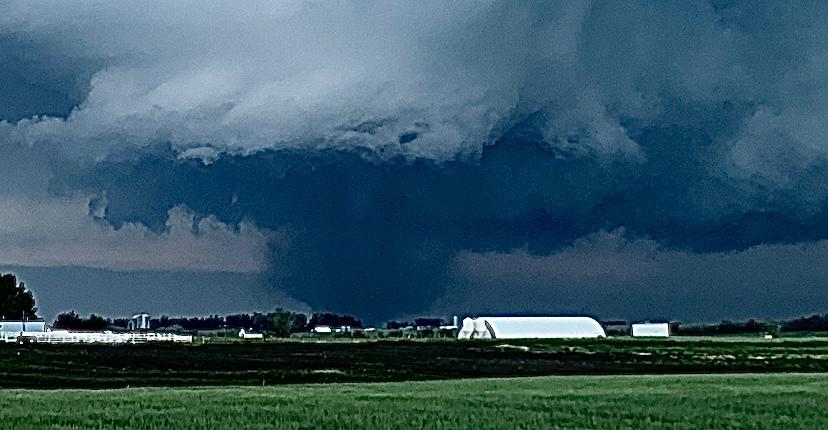Alberta storm chaser Tom Graham still remembers the worst tornado in the province’s history, from 36 years ago when he was a child in elementary school.
He was on summer vacation, visiting the newly opened wave pool and waterpark at West Edmonton Mall, when a powerful F4 tornado tore through east Edmonton and the surrounding area, killing over two dozen people.





